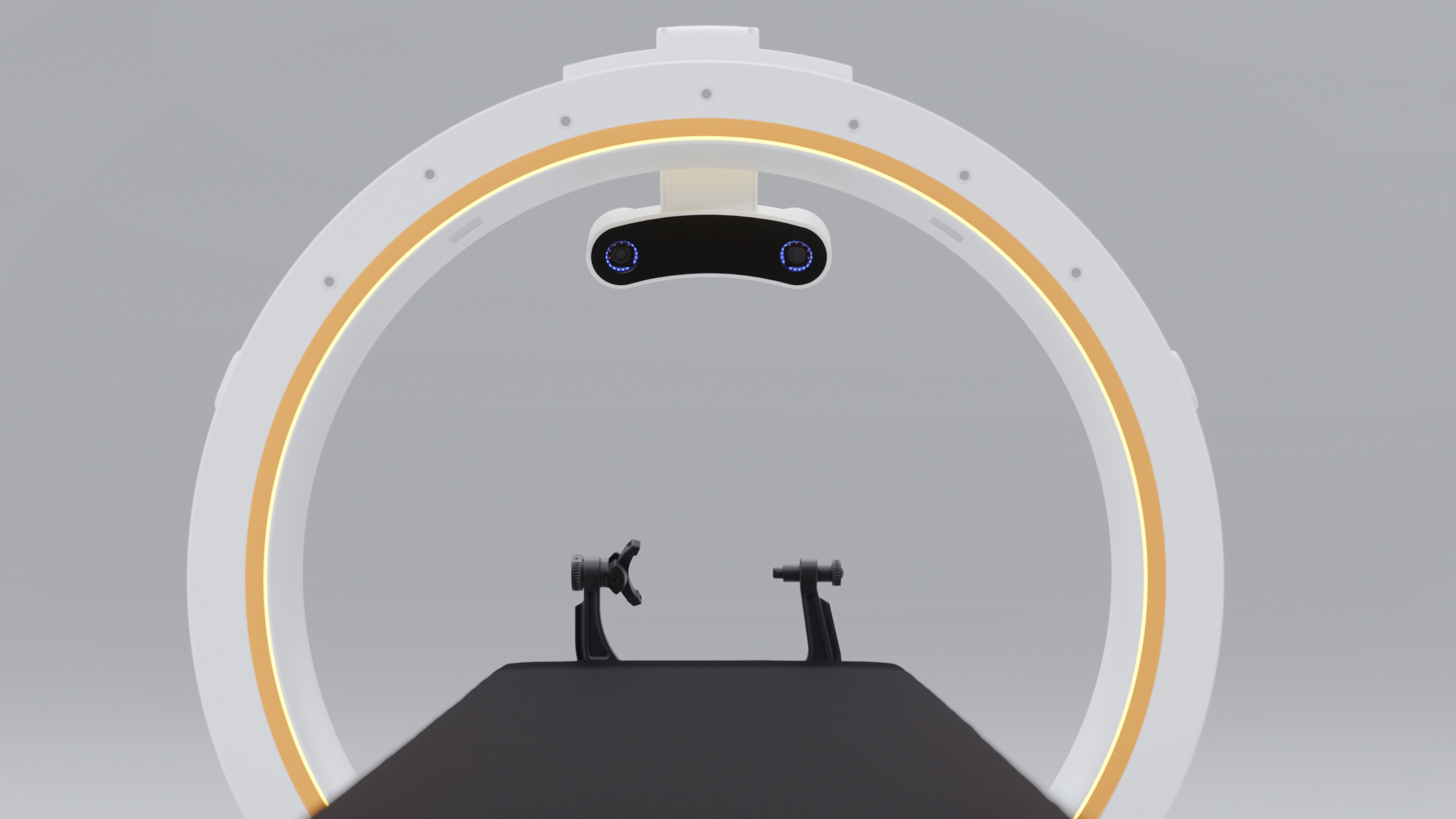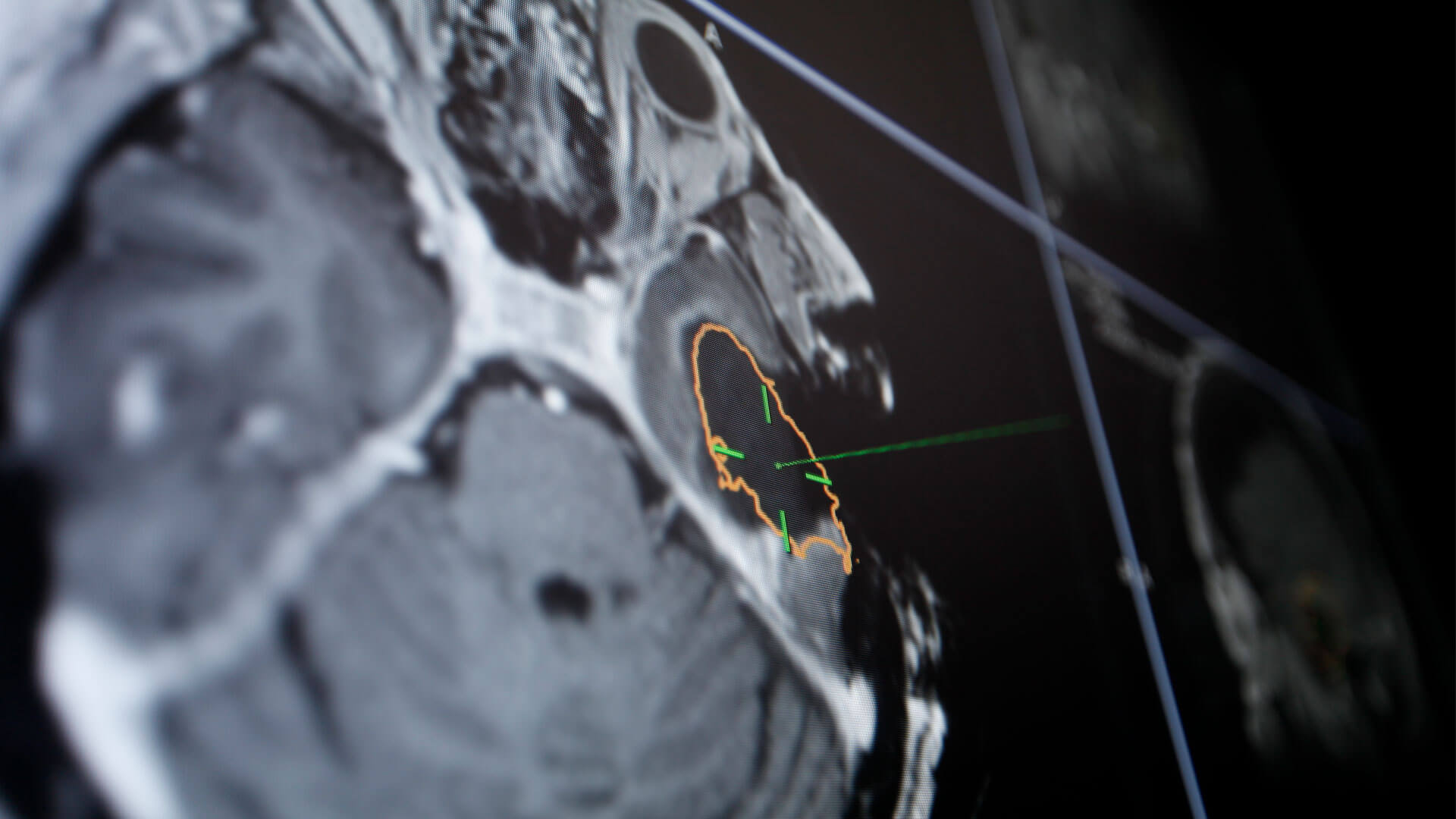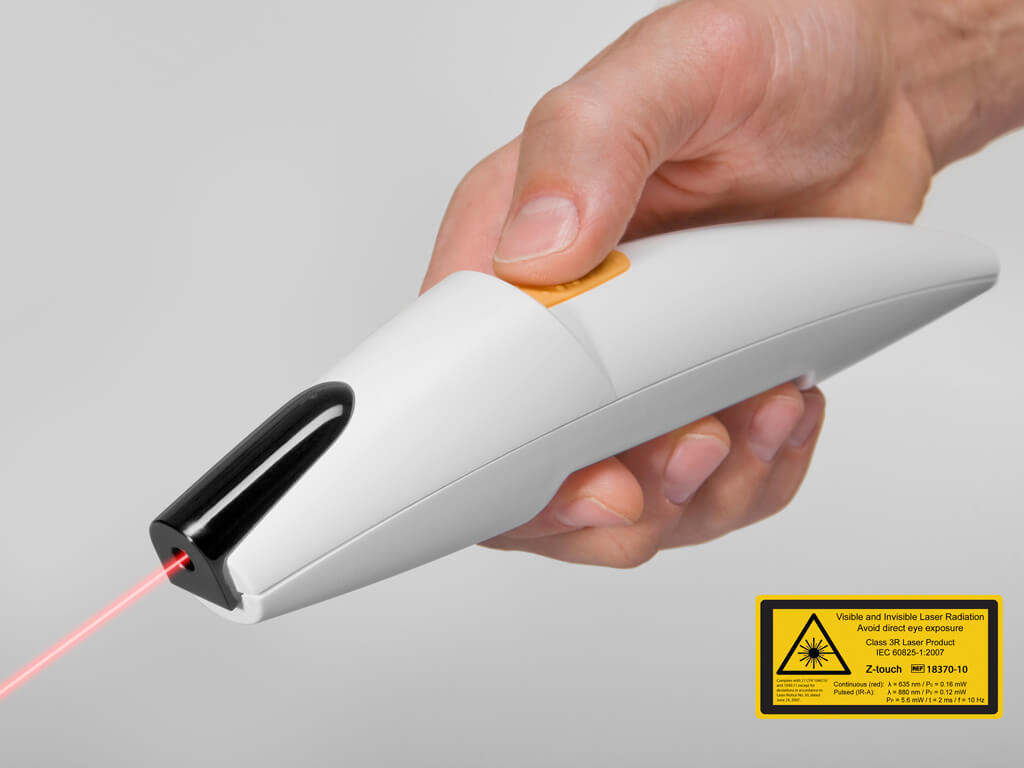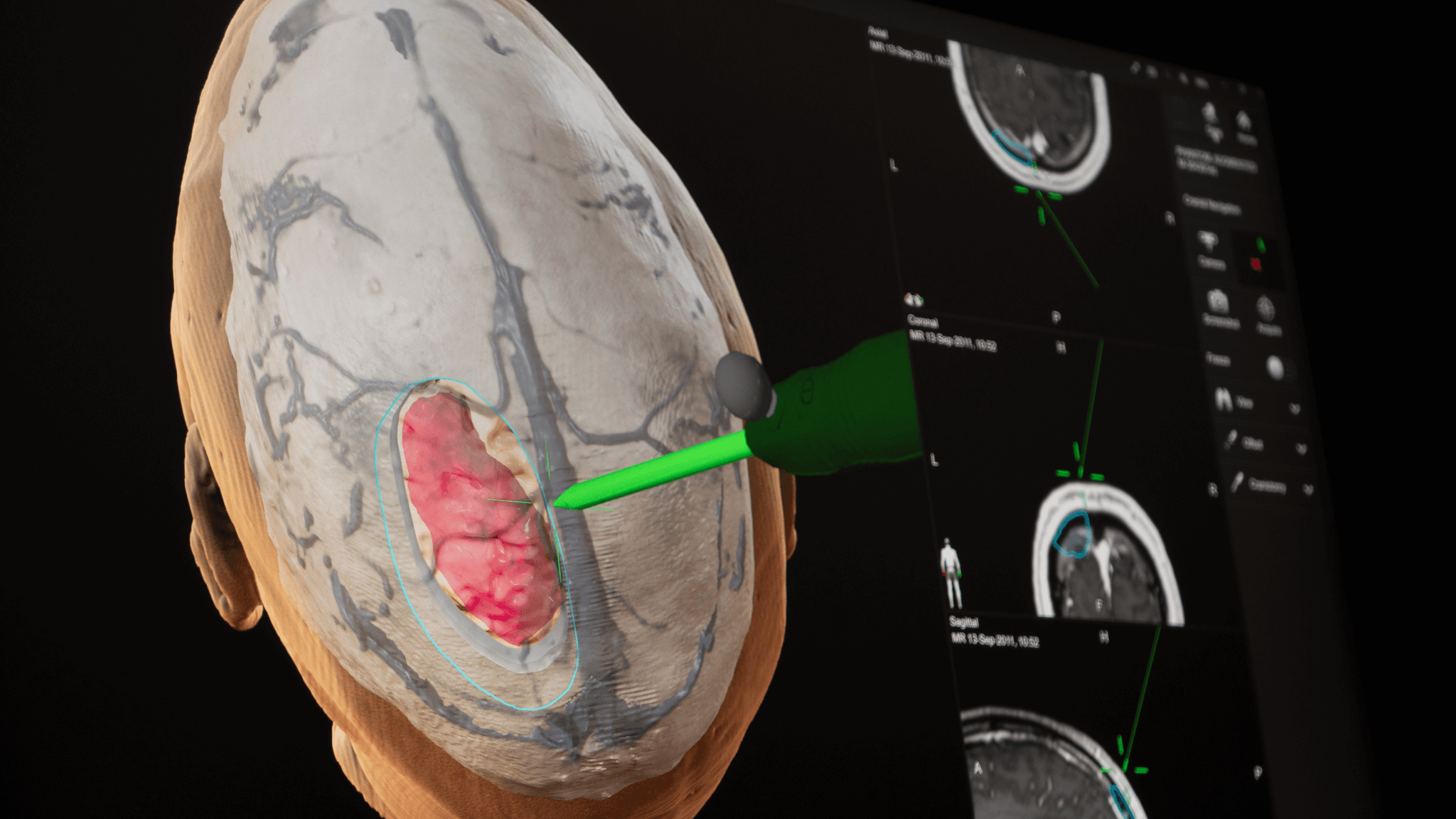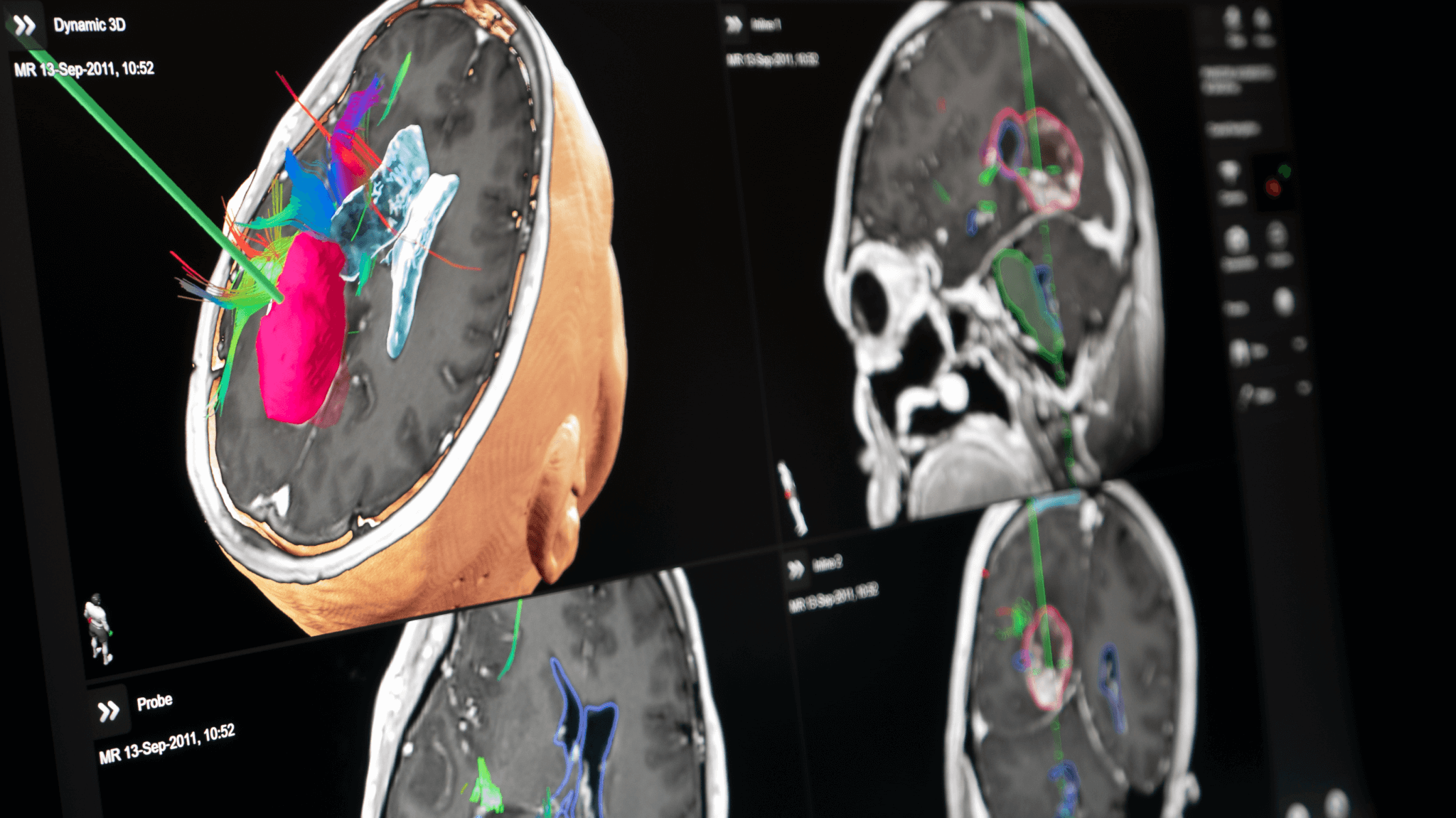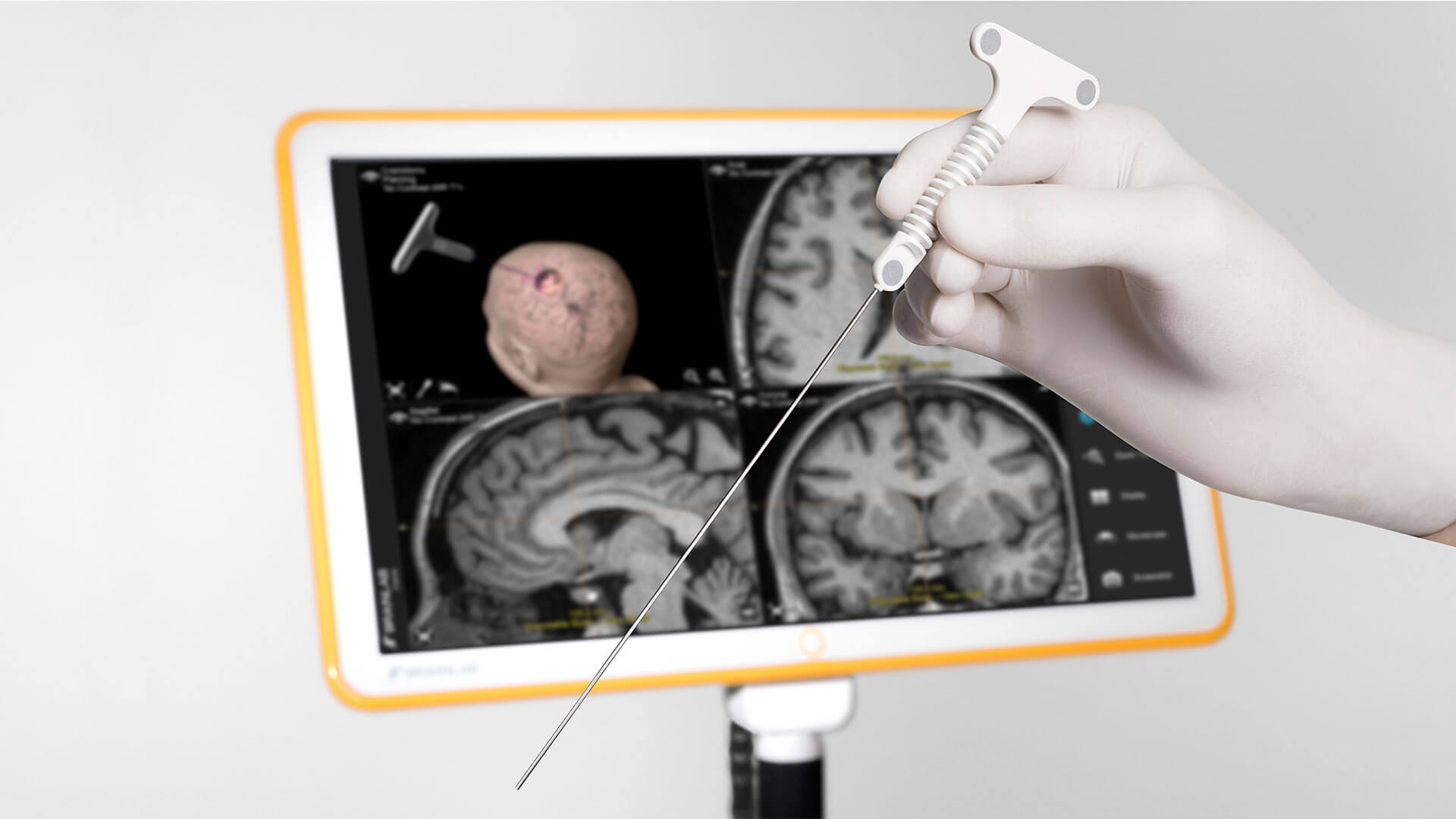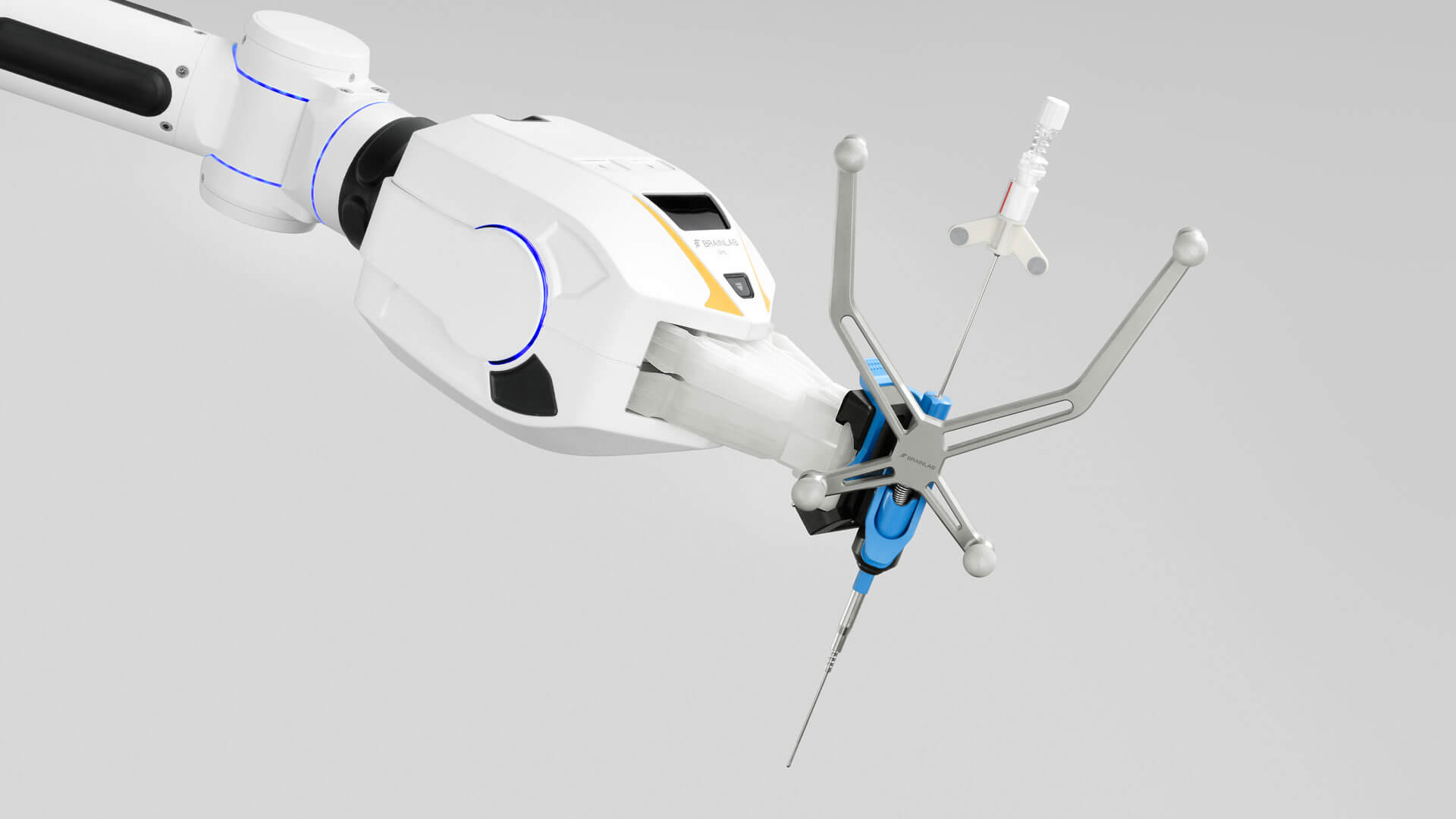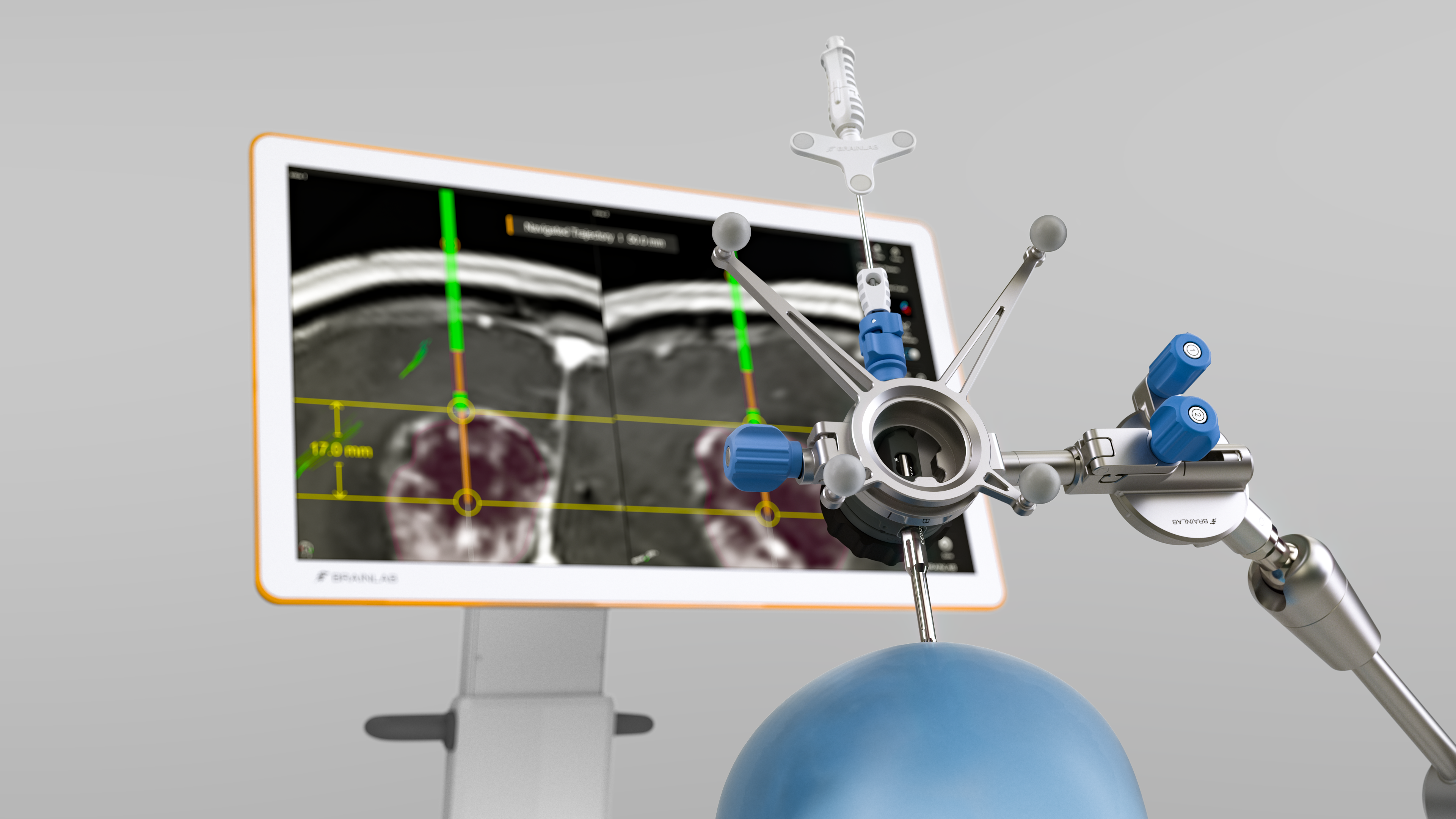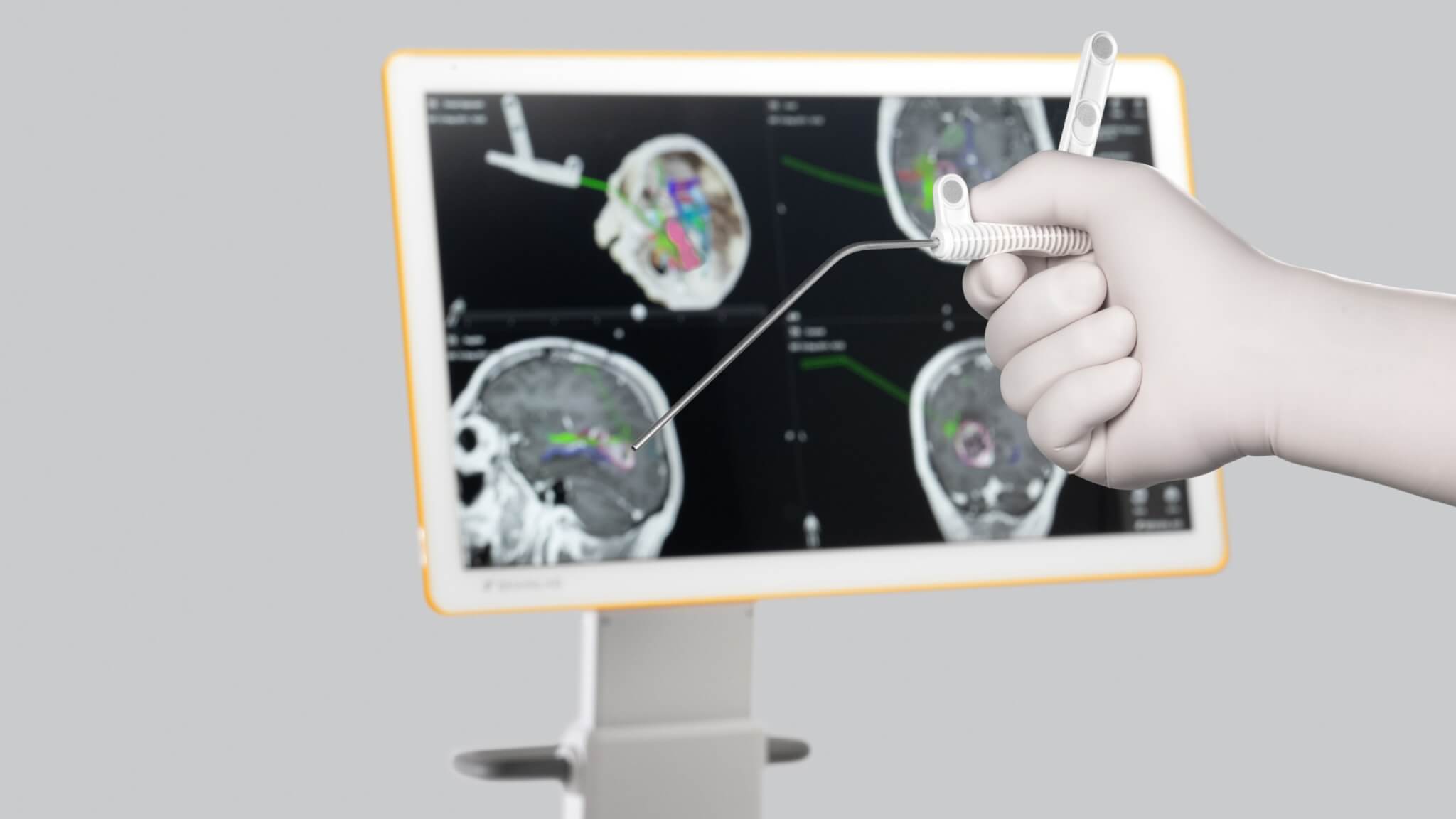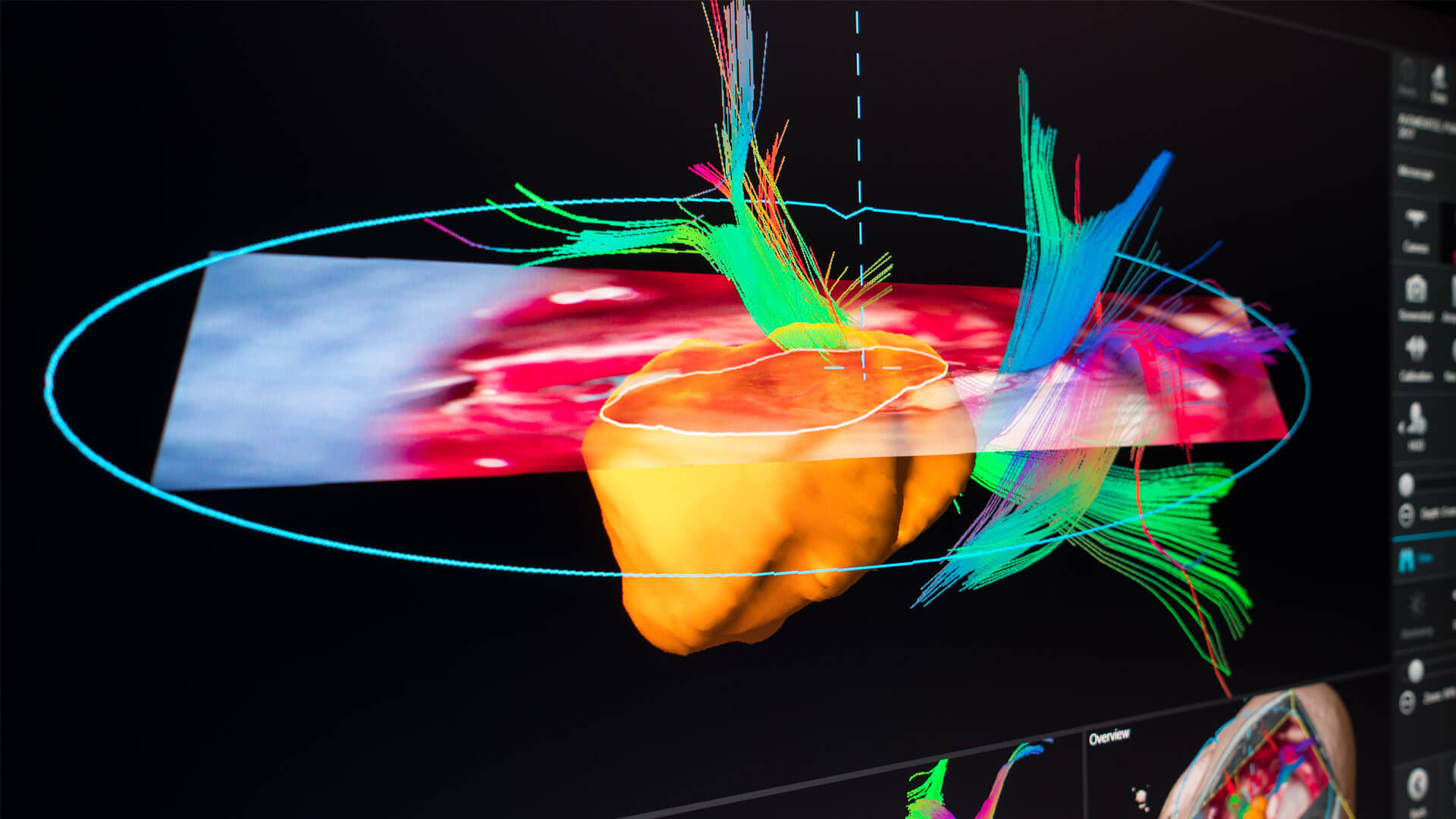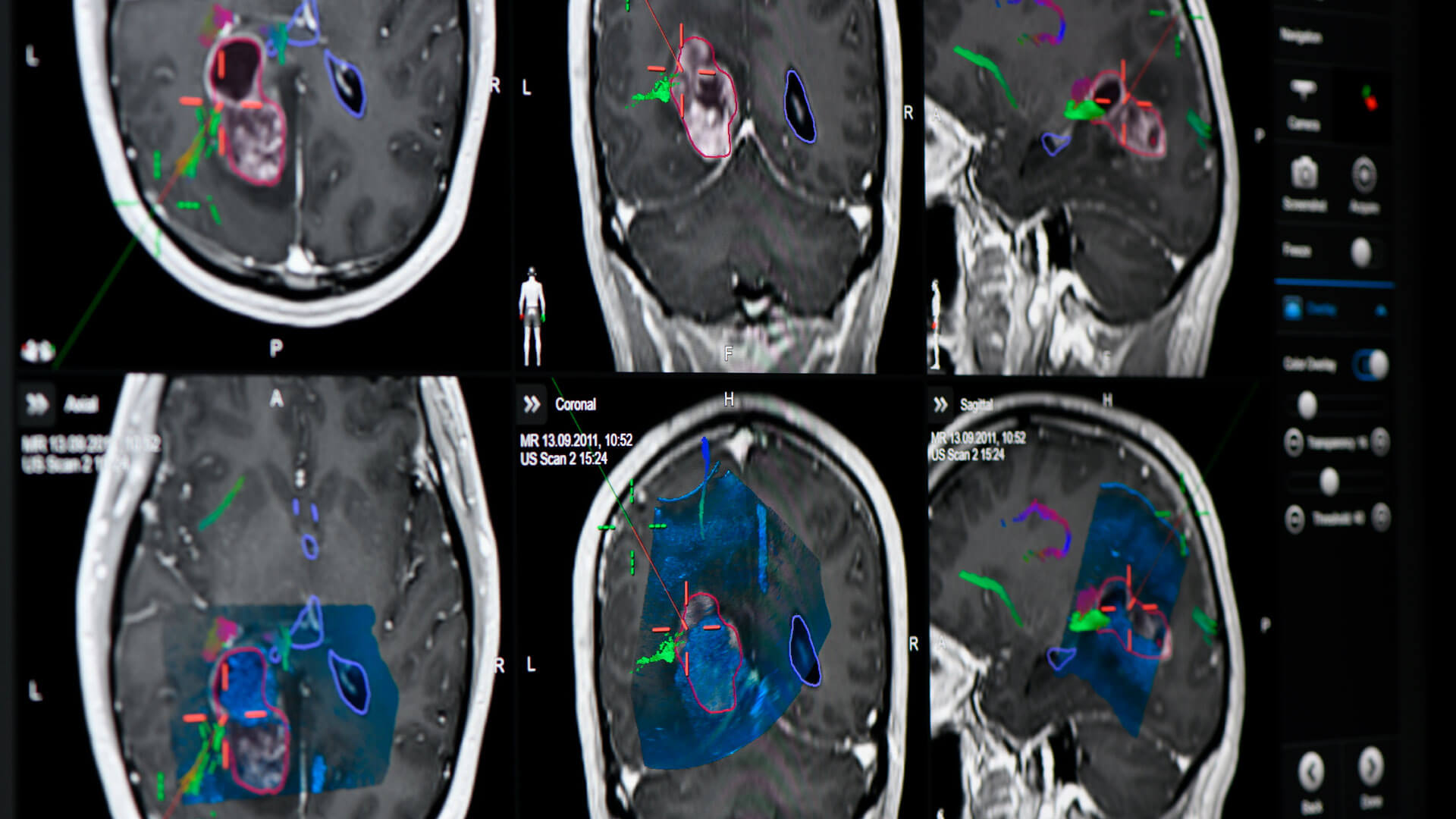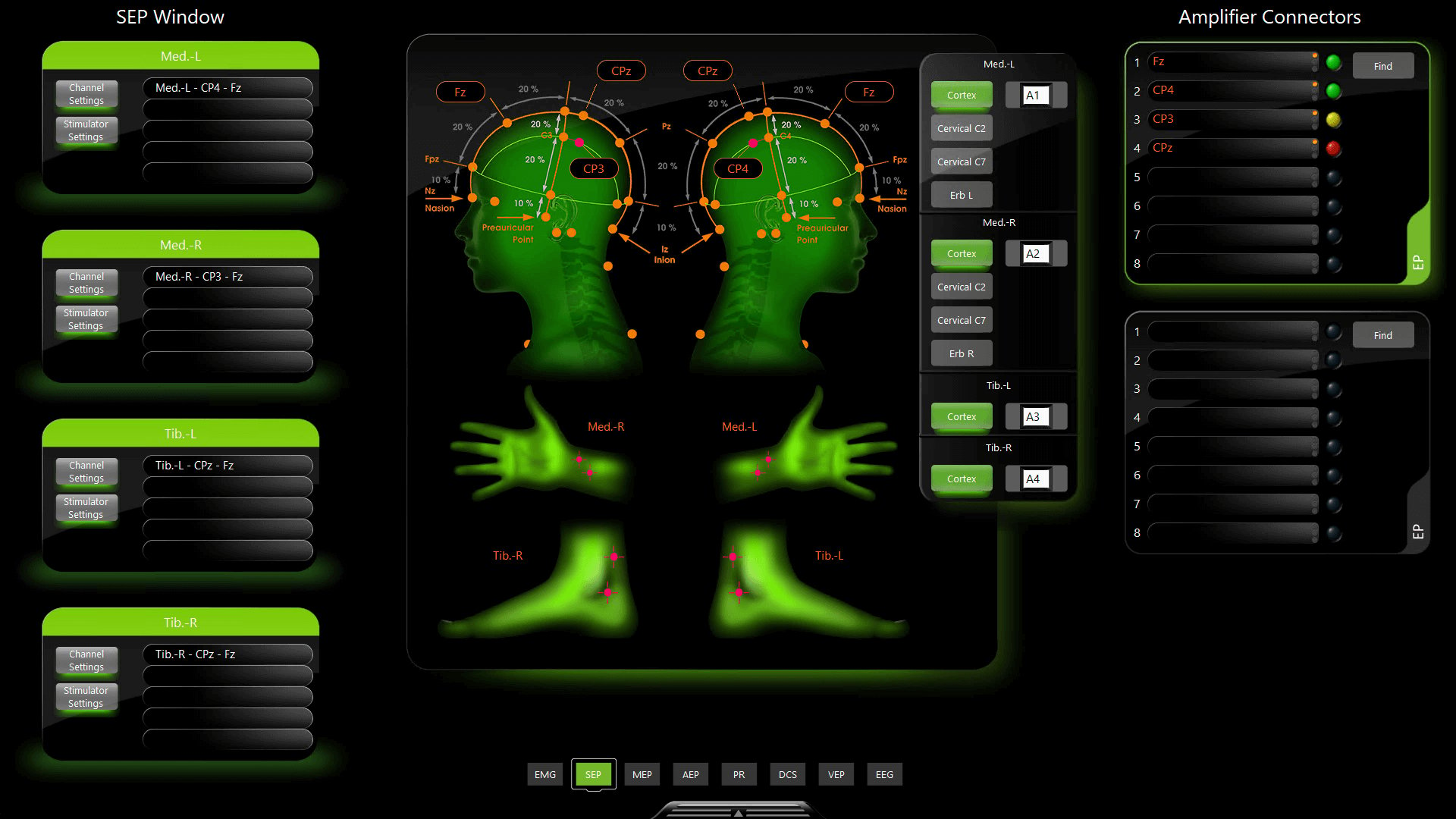Brainlab neuronavigation combines ease of use with extended functionality tailored to surgeons’ needs
Technical feasibility determined on case-by-case basis
Compared to extra time required for MR or CT scan to perform fiducial-based registration
Compared to previous version: Cranial/ENT
Requires Elements Planning Application
Bradac et al. (2017): World Neurosurgery, DOI:10.1016/j.wneu.2017.04.104
Not yet commercially available in several countries (FDA clearance available). Please contact your sales representative.
Not yet commercially available in several countries. Please contact your sales representative.

